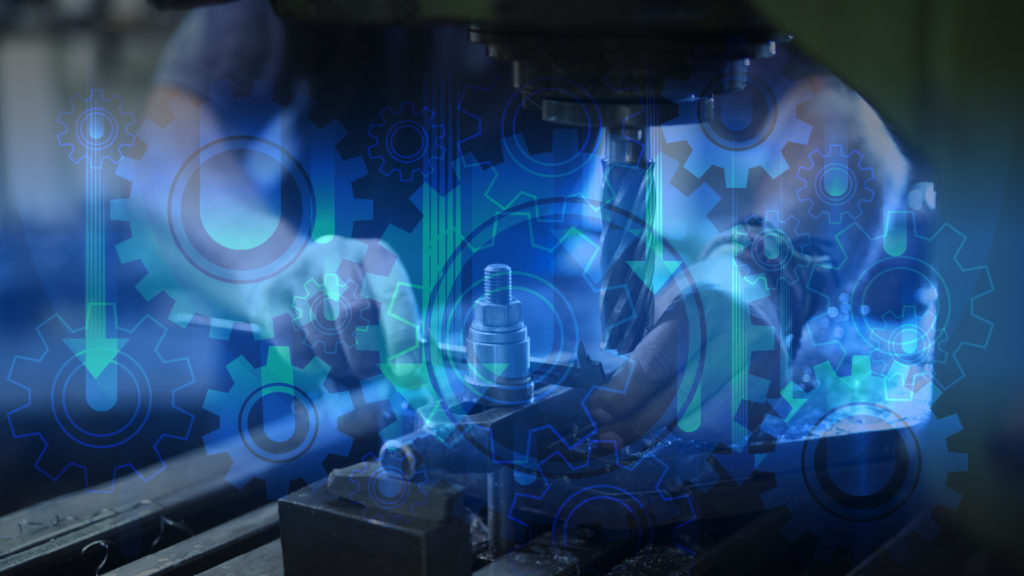Predictive maintenance systems are designed to help anticipate equipment failures so that corrective maintenance can be scheduled in advance. This approach can prevent unexpected machinery and equipment downtime, reduce maintenance costs and improve service quality for customers. It can also reduce any additional costs caused by over-maintenance in preventative maintenance policies. In this article we will focus on:
1. How predictive maintenance can lead to improved performance
2. Improved ROI on your predictive maintenance investment
3. Which industries can benefit from predictive maintenance?
A recent study led by Accenture and GE showed that by implementing a predictive maintenance model, South African enterprises can reduce maintenance cost by up to 30% and production downtime caused by equipment breakdowns by up to 70%. A predictive maintenance model not only collects real-time data from rotating machinery but also turns it into predictive failure information which obviates the need for data scientists to interpret and analyse data. With this model, maintenance technicians can start tracking machinery and equipment health within hours without requiring any specialised training.
1. How predictive maintenance can lead to improved performance
Predictive maintenance systems use this information (or data) to create advanced prediction models and analytical tools that predict and proactively address failures. In addition, new machine-learning technology can improve the accuracy of the predictive algorithms, leading to improved performance. Vibration data can furthermore be used to calculate a series of metrics to identify the required maintenance actions and so avoid machinery or equipment deterioration. For example, if the rotating equipment is imbalanced, this will show an increased vibration at the rotating frequency.
2. Improved ROI on your predictive maintenance investment
Even though there will be initial costs when investing in predictive maintenance, you can expect to see a tenfold ROI on your predictive maintenance investment within the first two years. In addition, equipping machinery and equipment with a predictive maintenance model at the manufacturing level enables customers to avoid the costs and complexity of installing a sophisticated, machine learning-driven predictive maintenance system themselves. This means that both large industry manufacturers and small to medium enterprises can now acquire their equipment and machinery already fitted with the necessary software and sensors.
3. Which industries can benefit from predictive maintenance?
Predictive maintenance applications are increasingly gaining traction in, for example, industries where machines produce vast amounts of data and need maintenance or parameter fine-tuning. In fact, any manufacturer of rotating machinery and equipment can benefit from predictive maintenance applications as part of their supply chain. The most lucrative industries based on industry vertical are manufacturing, energy and utilities, aerospace and defence, and transportation and logistics. For example:
- Automotive: Automotive companies gain substantially from technology that reduces downtime. For this reason, predictive maintenance systems are developed and employed in their manufacturing supply chains to reduce inventory costs which results in tightly integrated supply chains.
- Oil and gas: In this industry, both extraction and refining require expensive equipment that can, in the event of a failure, cause health and environmental hazards. It is therefore crucial to prevent these hazards by employing robust analytics and maintenance solutions.
- Airlines: Airlines are no stranger to thoroughly monitored sensor data from planes. Today’s analytical capabilities can help airlines to, for example, ensure passenger safety by using a predictive maintenance model to predict failure so that faulty parts can be replaced in advance.
Predictive maintenance is one of the most important use cases, particularly for manufacturing companies. It can reduce unexpected breakdowns and unnecessary downtime by indicating in time when machines require maintenance. By pre-fitting their machinery and equipment with a predictive maintenance solution, manufacturers can now generate recurring revenue for their business and provide a substantial value-add to their clients.
DOWNLOAD FREE GUIDE:
How predictive maintenance can reduce manufacturing breakdowns by up to 75%



